
Creative and concert space surfaces in Leslieville
Polyhaus' name reflects its purpose perfectly, but it was hardly co-owner Jake's first choice. "It was just one of the five names I had while we were brainstorming, but it stuck," he says, sitting on one of studio's many couches. "I like it now, but it happened fast." His partner, Javier, laughs good-naturedly.
I'm sitting in Polyhaus, a multi-functional studio space in Leslieville. It hosted a concert for Black Dice a few weekends ago, but nothing in the space now reflects evidence of that: it's clean, devoid of equipment, with nary a bottle of alcohol in sight.
The ceilings are high and everything is white, white, white. The dregs of daylight illuminates the space easily, despite the overhead lights being off. It even has a fully equipped kitchen. Upon first glance, Polyhaus more resembles the set of an apartment on a TV show than the cellar-like spaces partygoers are accustomed to, though Jake and Javier reassure me that this gorgeous loft is more chameleonic than it looks.
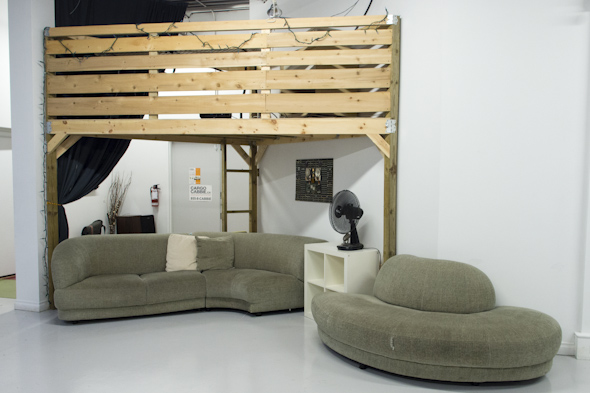
Upon Jake and Javier's acquisition of the space a year ago, things have certainly changed--both within the space and the neighbourhood it's located in. The discovery of the space occurred purely by coincidence; Jake had gone to a rave at another unit in the building and admired the space--at least, while it was still intact.
"The party got a little out of control," he says. The rave got shut down shortly after, but the idea of owning something like that lingered in Jake's mind. With Javier, whom he'd met at a show and bonded over mutual dissatisfaction over the city's venues, he formed a partnership, and Polyhaus was born.
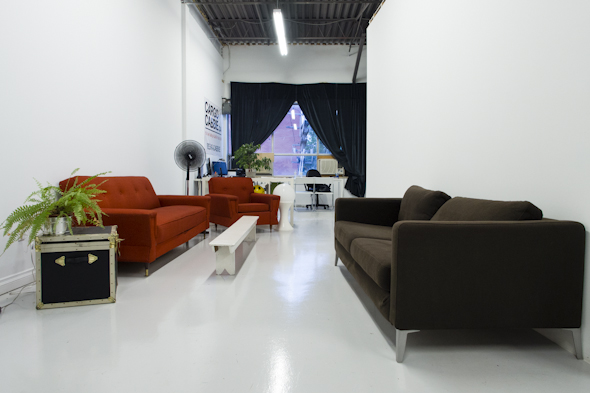
Though there was plenty of work to be done: "The floors and walls were a mess, and there was an additional wall, making a useless hallway," Jake notes. After tearing down the wall, they've built a recording studio and a wooden A/V loft.
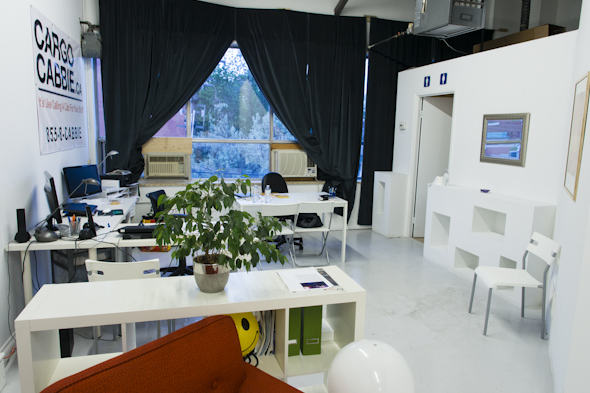
Beyond the loft, a similar clean-up on Carlaw Avenue was occurring. Having defected from the west side of Queen Street (which they deem "tired"), the East side's rougher edges proved appealing. "I used to work in the area, and the stigma of the East side had pretty much disappeared," Jake observes.
He cites the new condos at Dundas and Carlaw as one of the major incentives, though the spillover from other neighbourhoods consequent of recent graduates' job hunts have also made a difference. Rapid gentrification of Toronto neighbourhoods is a familiar story, and the requisite tension between the old and new residents has made for an ever-changing streetscape.
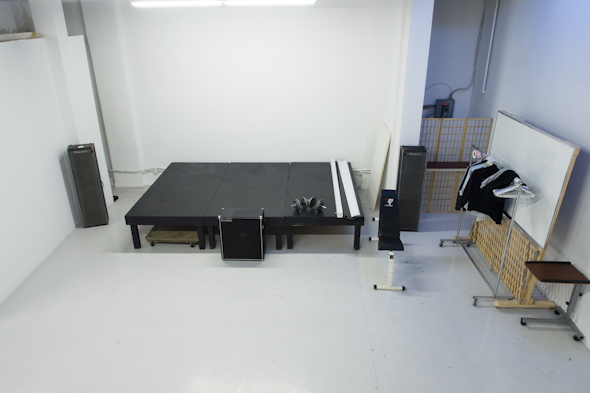
"There's been a very high turnover in the local retail, but that appears to be slowing down." The lack of stability doesn't seem to bother them; rather, they seem to welcome the change. "There's life [in the neighbourhood]."
Does being so multifunctional ever become a disadvantage? When I refer to Polyhaus as a 'venue', they quickly correct me, not wishing to limit the ability of the space. Yet other spaces built on a similar philosophy often refine their objective; Tranzac, for example, have steered themselves to being an arts-focused venue. Javier shakes his head.
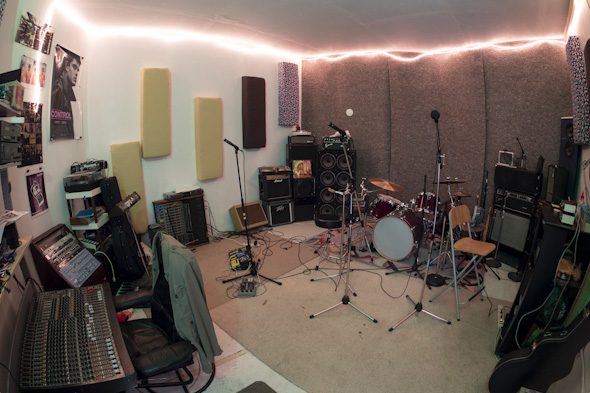
"We built it on the idea of a start-up," Javier says. "We liked the idea of combining an entrepreneurial spirit with creative energy." It sounds oxymoronic, but in practice it seems to work; Polyhaus has hosted temporary offices, book launches, and class space in addition to parties. They pride themselves on their open-mindedness, but they're not willing to whatever. I ask Javier about what they'd rule out. "It needs to be creative," he replies adamantly. "We're not interested in throwing pointless parties, like raves. There's money in that, but nothing else."
Versaility is also mentioned as being necessary. "[Clients] need to understand that the space isn't just for them," Jake says. "We can't have people who care about their equipment being moved around. They need to be okay with chaos." It's an admirable combination of flexibility and ownership. Polyhaus may be built on mi casa es su casa, but it's definitely their house.
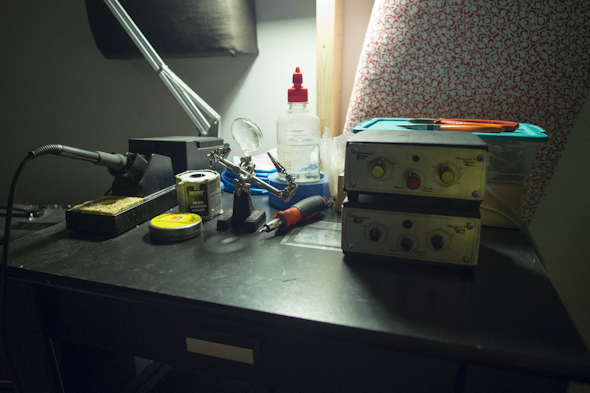
Photos by Jimmy Lu
Latest Videos
Latest Videos
Join the conversation Load comments







